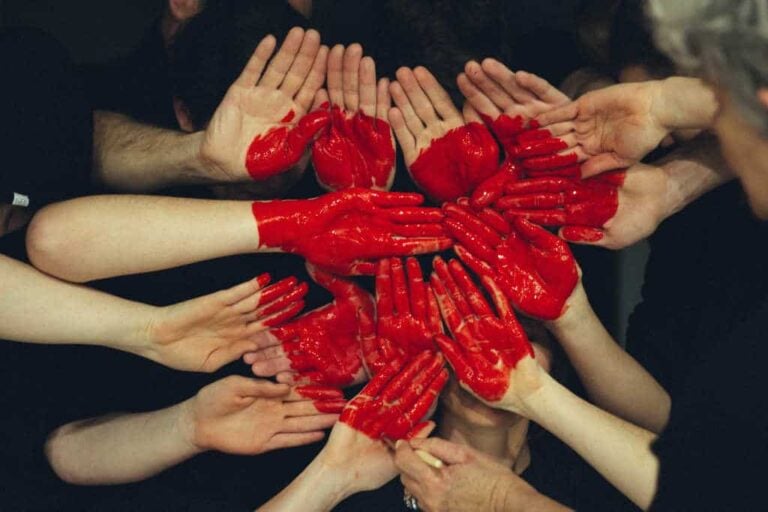Addiction does not discriminate. Every year, millions of people are affected by it around the world and hundreds of lives are lost. While most of…
Addiction does not discriminate. Every year, millions of people are affected by it around the world and hundreds of lives are lost. While most of us are aware of the downward spiral of drug and alcohol addiction, it is still increasing at an alarming rate. What makes it worse is that battling drug addiction is not easy. It takes time, determination, and monetary funding to get rid of it for good. The reality of battling drug addiction is much worse than what you may have imagined! Read on to learn more about it.
Addiction Hits Harder When You Are Already Down
While it is true that addiction does not discriminate and can affect anyone, it is also true that addiction hits harder when you are already down. It is easy to see the relation here as people who are already struggling are more likely to turn to drugs or alcohol as a coping mechanism. Whether an individual is having financial troubles, relationship issues, or problems at work, in any case, they are more susceptible to addiction. What starts as a way to blow off some steam, ends up as an addiction that has the potential to ruin lives.
This makes it essential to take all measures to protect yourself against drugs and alcohol, especially when you are going through a harsh phase in life. It is important to understand that while these substances may provide a momentary escape from the unfortunate circumstances in life, they can actually worsen the situation for you in the long term.
Socioeconomic Aspect can Make a Difference
Everyone has a different experience with addiction. However, the socioeconomic difference can make a big impact on not only the instances of addiction in a particular society but also on the help, support, and treatment options available to people belonging from different socioeconomic classes. This is the sad reality of addiction that most of us fail to realize.
There is abundant data, facts, and figures that uncover the relationship between socioeconomic factors and addiction and its treatment. For instance, one study suggests that heroin addiction is around three times more common in people who make less than $20,000 per year as compared to those who earn $50,000 or more. Another study revealed that the addiction rate is higher in people who are unemployed as compared to those who earn regularly. Similarly, the level of education also affects the chances of developing addictions.
So, what does all of this mean?
It means that while no one is 100% free from the dangers of addiction, the population that belongs to the lower socioeconomic class is more prone to addiction. What makes it worse is that they also have limited recovery and treatment options as the cost of addiction recovery can be staggeringly high. This makes it extremely difficult for a large part of the population to seek the treatment that they need to defeat addiction and return to a happy and healthy life.
Teens are More Prone to Addiction than Adults
Ideally, teenage years should be one of the best phases of life for everyone. They should be filled with joyful experiences and loads of learning to prepare the youth for successful adulthood. Unfortunately, this is far from reality. According to research, 90% of all addictions start during the teenage years in high school. Furthermore, it is important to note that adolescence is an extremely crucial period for brain development, which makes teenagers more sensitive to the effects of drugs.
Research suggests that the balance of rewarding vs. aversive effects of drugs is tipped towards rewarding during the teenage periods. Combined with the natural curiosity and risk-taking behavior that accompanies the teenage phase, the high rewarding effects of drugs in teenagers is another factor that compels them to abuse drugs more often. Furthermore, adolescents are generally less sensitive to the effects of withdrawal, which promotes drug use in the early stages.
However, being less sensitive to the effects of withdrawal effects is not all bad. In fact, this could be the silver lining as long as treatment is provided in time. In other words, getting rid of addiction is easier during the teenage years than later in life.
Drug Addiction Treatment is Expensive
While it is no secret that addiction treatment and recovery is expensive, it is still a hard pill to swallow. Private rehabs can be extremely expensive, and this high price tag of addiction treatment makes it impossible for most people to go to rehab and return to a healthy life. While there are less expensive options available for the victims of addiction, the resources are generally limited and not easily accessible.
However, it is important to understand that the financial cost of maintaining an addiction outweighs the cost of going to rehab and putting an end to the addiction for good. So, if you or someone you know is struggling with addiction of any kind, don’t let the cost of treatment keep you from seeking out the help and support that you need to recover. It is advisable to take the time to find the right rehab or treatment center that offers flexible and suitable treatment programs.
The Bright Side: More People Quit Addiction than Maintain It
While things don’t look too good at the moment, not all is lost. The good news is that more people quit addictions than maintain them. It may not happen overnight, but with determination, support, and proper treatment, most people win the battle against addiction.
Now that you know the reality of battling drug addiction, it’s time to look beyond the stigma attached to addiction and work together to create awareness about it and promote a healthy lifestyle!








